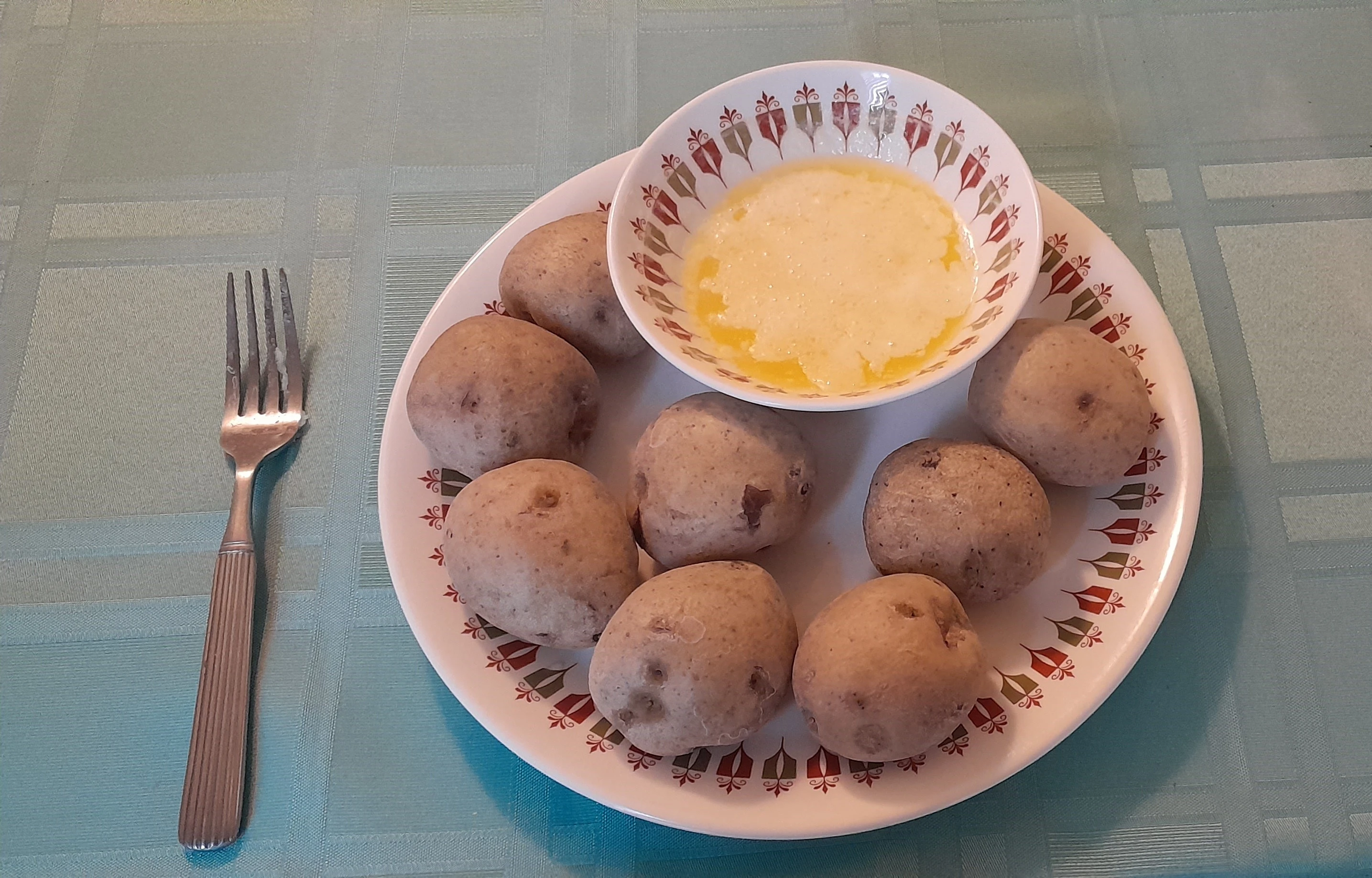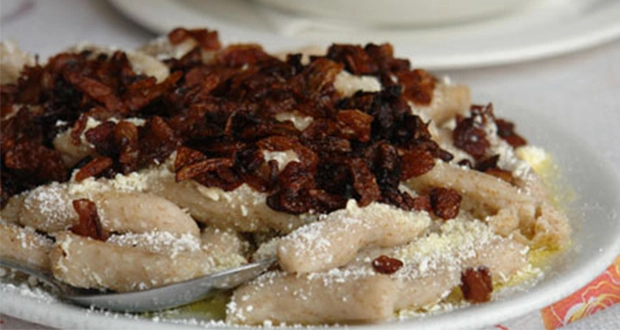Indigenous and Local Cuisines
🍄 Welcome! 🌾
• About Us
The purpose of our community is to preserve recipes and culinary techniques of indigenous and local communities around the globe via recording, compiling and archiving them in this shared space.
Feel free to explore cuisine fusions, build off of older recipes and create new ones too! (Bonus points if you use ingredients forageable in your area 😉)
====>---------------------------<====
We're planning on creating digital recipe books at the end of each year compiling all of your contributions (given consent of course), so please stay tuned.
Depending on the contributions we could even consider creating a wiki 👀
• Code of Conduct
-
Racist, Imperialist, general Supremacist attitudes and bigotry of all kinds (gender, age, sexuality, ethnicity) are NOT welcome
-
We take credits very seriously - are you reposting a recipe from a creator online? Include credits.
-
No Spamming/Irrelevant Advertising (Relevant promotion is permitted)
• Posting Etiquette
Feel free to format your recipes however you like as long as you provide all the necessary information concerning:
- Flair in the post title indicating country/continent/region, culture and/or tribe/community name (p.e. adding a [Māori] or [West Egypt] in front of the title)
- Flair in the post title indicating whether a recipe is/can be vegetarian or vegan (p.e. adding a [VT] for vegetarian, [VG] for vegan) Otherwise don't add any relative flair
- Execution of recipe
- Credit (when applicable)
- As always, pictures are much appreciated (but not 100% necessary)







